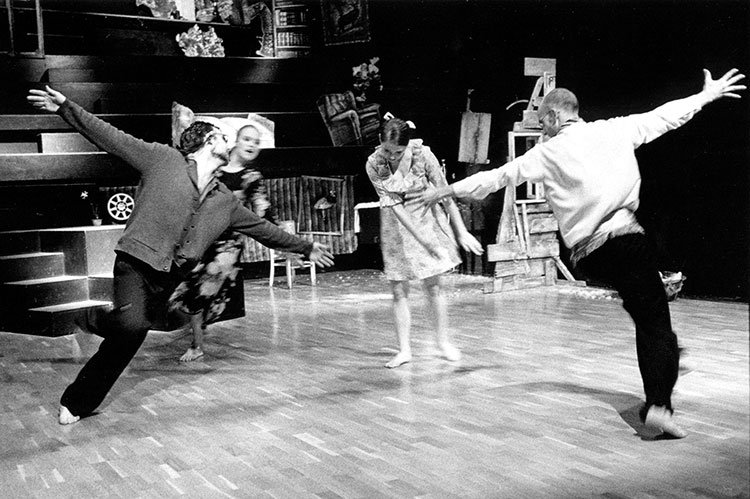Contemporary Duncan Method
“Isadora Duncan had a deep understanding of human body and movement but also of the mythology and the power of archetypes in individual and collective life that contain the topics of renewal and rebirth.”
(Miriam Roskin Berger, Isadora Duncan and the Creative Source of Dance Therapy, American Journal of Dance Therapy, Vol.14, No.2, Winter 1992, p.101)
The Duncan Method is a path to balance between freedom and adherence to an order, because the order allows space for freedom. It is a path to individual realisation and examination of the wisdom and information hidden in the human body.
This method is accompanied by trust in the truth and power of expressive movement.
Isadora Duncan discovered two fundamental concepts that provide the basis for her technique and philosophy: The first one works with elements of gravity and time, the other stems from the principal movement creating an enternal stream of subsequent actions.
History
The contemporary Duncan Method respects and further develops the treasured legacy that we have directly inherited.
Isadora Duncan (1877-1927) successfully used the strength of her belief in the inner power of dance creation and her revolt against the classic understanding of dance to start an avalanche that opened a path that contemporary dance continues to travel to this day.
- The Isadora Duncan School, headed by her sister Elizabeth, was in 1931-32 open in Prague where the Duncan approach found a direct successor in Ms Jarmila Jeřábková. Jarmila Jeřábková (1912-1989) is considered a pioneer of modern dance in Czechoslovakia. During the era when all creative endeavours with a programme endorsing freedom of self-expression as the only possible way to understand the world were relegated to artistic illegality, Jarmila Jeřábková still succeeded in training new disciples to continue in this creative dance philosophy.
- Eva Blažíčková is a former student of Jarmila Jeřábková and a bearer of the “torch” that Ms. Jeřábková publicly passed on to her. She has developed this legacy throughout her artistic career, in her work as a choreographer, dancer, and teacher.
- In order to continue and further develop this valuable legacy, in 1992 Eva Blažíčková founded a specialised state school – Duncan Centre Cinservatory, the first dance school in the Czech lands that is fully focused on teaching contemporary dance through the Duncan Method.
The contemporary Duncan Method deals with four different areas that are closely connected, mutually permeating and supplementing, creating a unity together, leading to dance:
- Dance technique
- Dance improvisation
- Dance creation
- Dance didactics, the art of teaching and passing knowledge along

